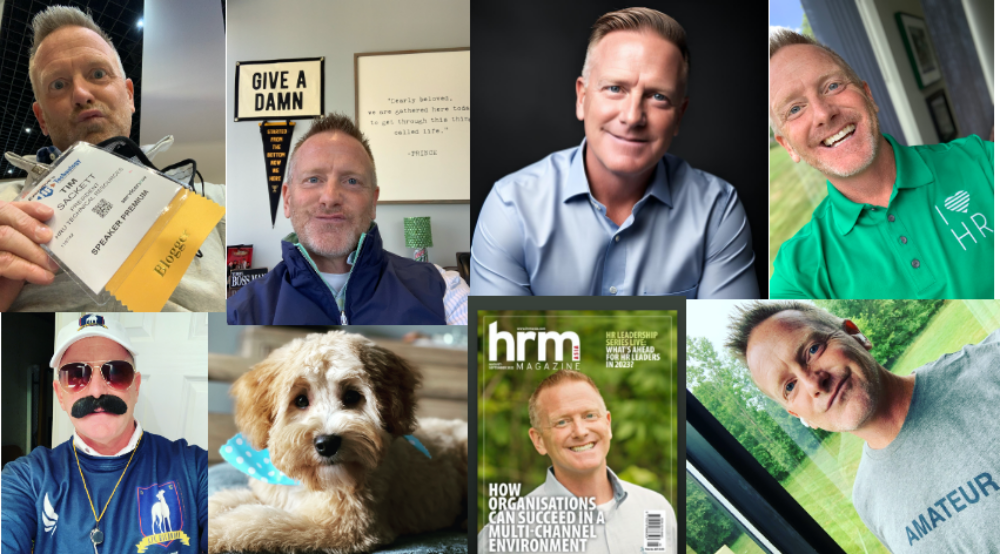Are you tired of the same old HR routines? HR and Talent Acquisition pros across the world are diving headfirst into the realm of ChatGPT. This AI wizard must be able to spice up their strategies, right!? Here are 5 popular prompts that HR and Talent Acquisition are throwing at ChatGPT:
- “ChatGPT, is this candidate a real person or a catfish?” HR isn’t meant to be Sherlock Holmes. We’re sick of desperately trying to unmask phony candidates – just tell me if they’re real or not! Expect a wild mix of advice in return, but how else will we know if this candidate is actually some weirdo scam artist living in his mom’s basement?
- “Craft a compelling job pitch for this job description!” When faced with the challenge of selling the unsellable—a lackluster job—we to ChatGPT for a miraculous solution. Yeah, it might be for the most boring job ever with a terrible salary, mundane tasks, and awful company culture, but make it irresistible!
- “Invent a mascot that represents our company culture!” Introducing “Happy Hootie”! Hootie is a wise owl wearing headphones, adorned with vibrant colors reflecting diversity and inclusivity. Their wings feature a mosaic of interconnected puzzle pieces symbolizing teamwork and collaboration. Hootie’s nest is a cozy library, showcasing our value for learning and knowledge-sharing. With a microphone in one claw and a book in the other, Hootie embodies our culture of harmony, where every voice is heard, and learning is celebrated. This mascot flaps around, spreading the message of unity, knowledge, and harmony throughout our workplace nest!
- “Craft a ‘thank you’ email to an applicant using only emojis!” 👋🙏📬📩🙏📝🤝🗣️🔜🌟 … oh sorry, you don’t speak emoji? Translation: Hello! Thank you for applying. We appreciate it! Let’s keep in touch! Talk to you soon. Best wishes.
- “ChatGPT, write a job description that makes even a pet rock excited to apply!” No really, that unsellable job description we mentioned earlier, we still need help. Please make this boring ass job description more appealing.
- “What do I respond to this candidate to show them that I’m interested, but not that interested, but still interested enough to show my interest?” *Inserts full email chain, with no regard to privacy and copyright laws* Response: I’m just a robot, I have no clue what you’re talking about.
